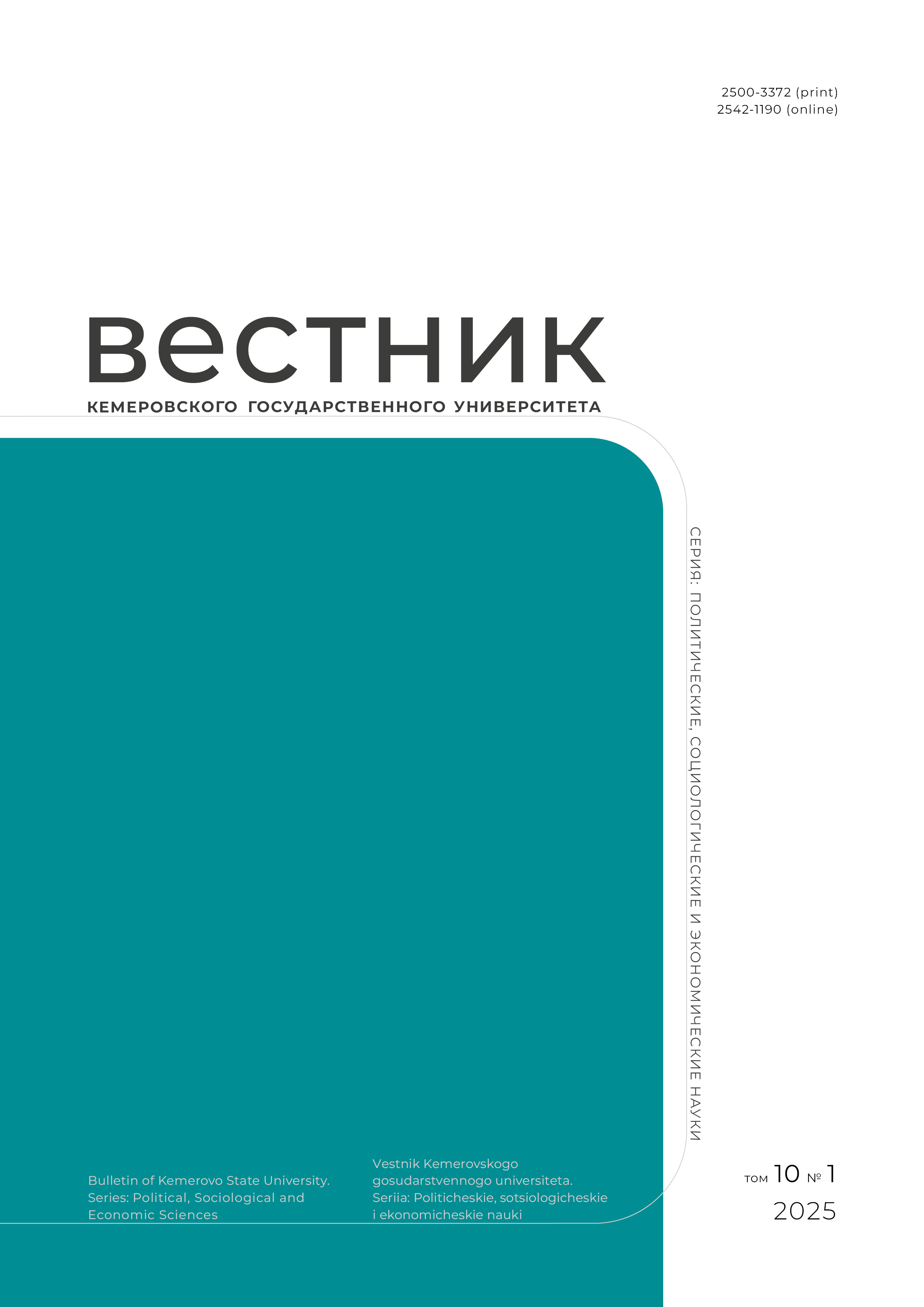Russian Federation
Russian Federation
The paper features the main trends in the technological development of the banking industry in the Russian Federation. The tendencies determine the prospects of structural changes in the banking sector at the basic level in the near future. The article describes the probable consequences of intensive introduction of technological innovations in traditional banking from the point of view of changes in infrastructure on a national scale. It includes a review of new financial technologies in the banking industry, reflecting the evolution of the business process management system in credit institutions, based on the changes in their infrastructure. The research is conducted from the position of personal practical experience of the author. It concentrates business processes in credit institutions (banks) in terms of processing credit applications of legal entities and individual entrepreneurs. The expansion of the conceptual and categorical apparatus of the field of banking is considered from the position of introduction of new information technologies. The authors propose an image of the future business process management system in banking organizations. They describe the tasks facing the management of a credit institution concerning the structural and qualitative changes in the business process management. Its basic principles include removal of all stages of lending to legal entities outside the regional infrastructure; revision of risk management; introduction of scoring algorithms in the risk assessment of a potential credit transaction. All these aspects can be interesting and promising subjects for further research.
financial technologies, financial innovations, blockchain, financial service, banking infrastructure
1. Iurin D. A. The process of digitalization of the transformation of the classical Bank. Bankovskoe delo, 2018, (11): 64-66. (In Russ.)
2. Ali R., Barrdear J., Clews R., Southgate J. The economics of digital currencies. Bank of England Quarterly Bulletin, 2014, 54(3): 276-286.
3. Vlasova V. V., Kuznetsova T. E., Rud’ V. A. The analysis of drivers and constraints of development of Russia on the basis of information of the Global innovation index. Voprosy ekonomiki, 2017, (8): 24-41. (In Russ.)
4. Savina T. N. Digital economy as a new paradigm of development: challenges, opportunities, and prospects. Finansy i kredit, 2018, 24(3): 579-590. (In Russ.)
5. Andryushin S. A., Burlachkov V. K. Bitcoin, blockchain, file-money, and the specifics of monetary mechanism evolution. Finansy i kredit, 2017, 23(31): 1850-1861. (In Russ.)
6. Milgrom P., Roberts J. The economics of modern manufacturing: technology, strategy, and organization. The American Economic Review, 1990, 80(3): 511-528.
7. Skoblikov E. A. Securing Russia’s economic growth as driven by digitalization of registration and payment operations. Finansy i kredit, 2018, 24(11): 2578-2596. (In Russ.)
8. Babkin A. V., Burkaltseva D. D., Kosten D. G., Vorobyov Iu. N. Formation of digital economy in Russia: essence, features, technical normalization, development problems. St. Petersburg State Polytechnical University Journal. Economics, 2017, 10(3): 9-25. (In Russ.) DOI:https://doi.org/10.18721/JE.10301
9. Panshin B. Digital economy: features and development trend. Nauka i innovatsii, 2016, 3(157): 17-20. (In Russ.)
10. Nikonov I. V., Sharova V. A. Corporate lending: difficulties of post-crisis recovery. Bankovskoe delo, 2018, (11): 15-19. (In Russ.)

















